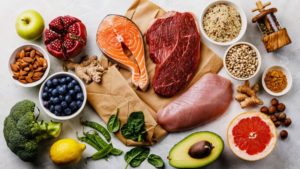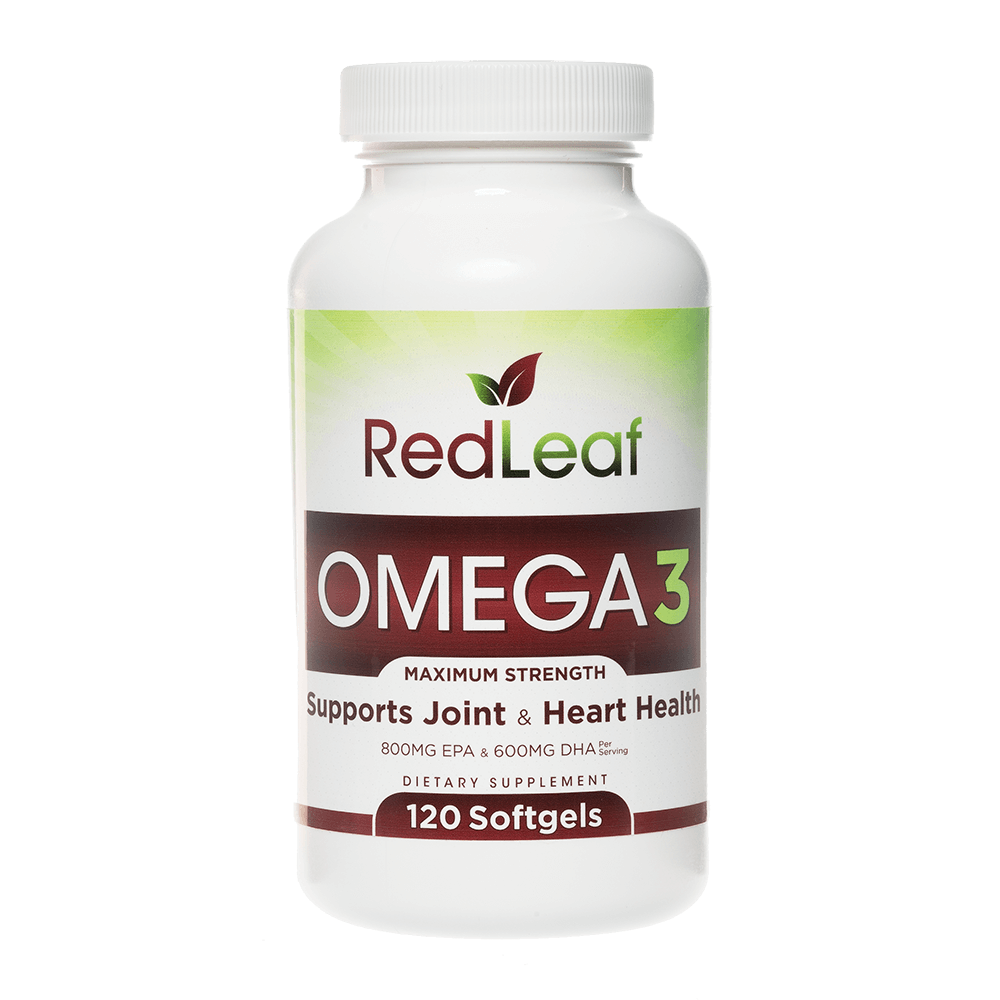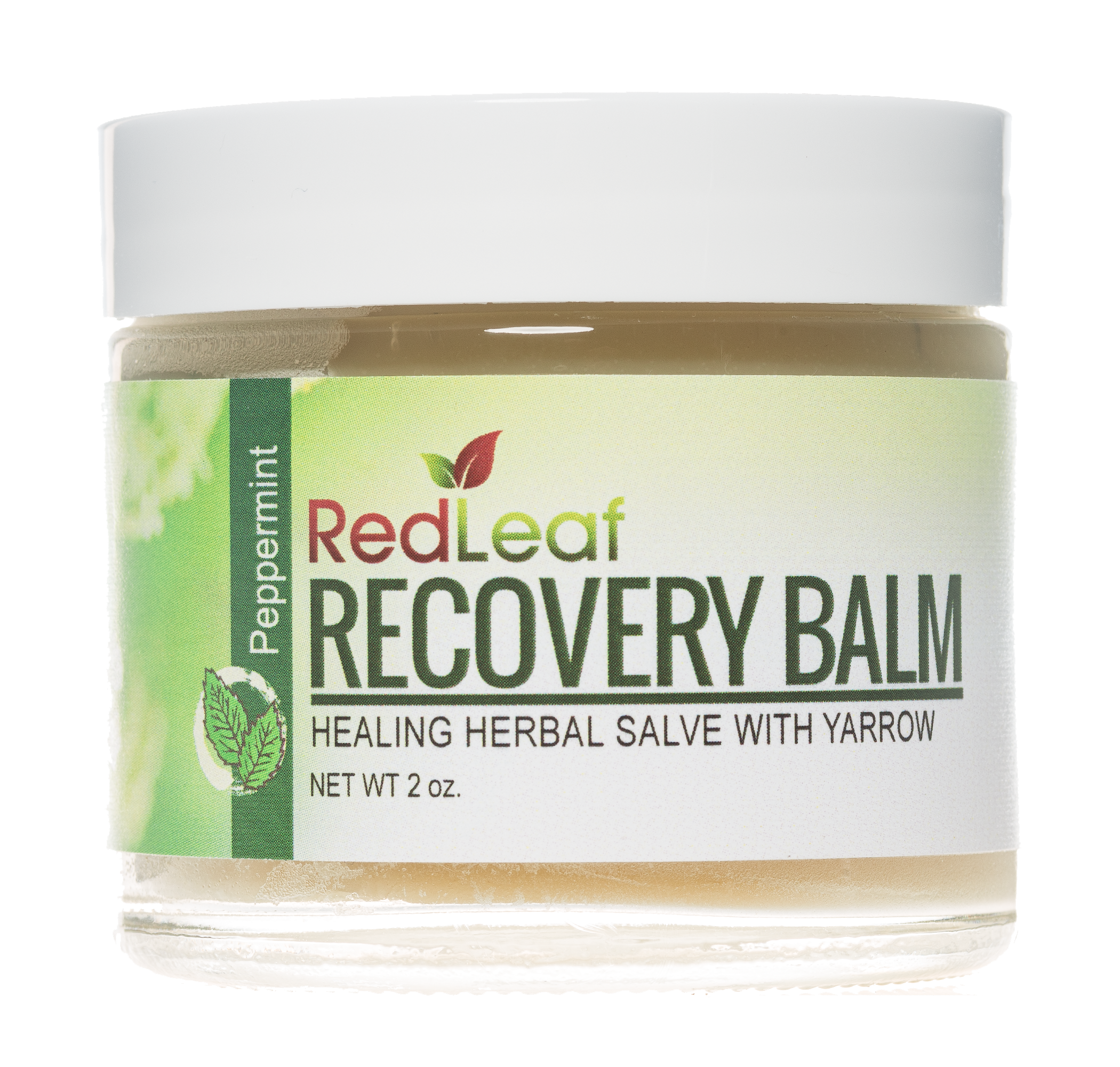
One of the most prominent recommendations you will hear from any nutrition expert is to eat more protein. If you being working with a nutrition coach, it is almost guaranteed they will tell you to eat more protein. But, why do you need protein? What does it do for your body, and how much do you actually need? Plus, is all protein the same, regardless of if it is coming from an animal source or from plants? In this post we’ll answer all your basic protein questions, and help you know what you need to be including in your diet moving forward.
Why do you need protein?
Protein is an essential nutrient – meaning you cannot survive without eating it. Protein’s real benefit is in the creation of lean tissue – it is the building blocks the muscles in your body. Without protein you would experience such severe muscle atrophy that you would actually die. So, it’s important, and you should be making a point to eat protein throughout the day at each meal and, if possible, each snack as well.
Specifically, protein is built on amino acids. Your body naturally makes some amino acids, but there are nine essential amino acids you must consume through your diet in order to survive. We’ll get into what foods provide these amino acids below – just know that protein builds lean tissue in your body and you have to consume external sources to keep this process going.
How much protein should you be eating?
The USDA recommendation for men is merely 56 grams per day, and 46 grams per day for women. However, it important to recognize this is the amount of protein needed to survive, not to thrive.
In the athletic world, the recommendation from nutritionists is anything from 0.6-1.2 grams of protein per pound of bodyweight. Why the disparity? Different types of exercise require different levels of protein in the body. For example, if you are a fan of endurance sports like long distance running, cycling, or rowing, you require less protein than someone who prefers lifting weights as their form of exercise. In general, runners can look closer to the 0.6 grams per bodyweight, and a resistance training athlete like a CrossFit athlete should be closer to 1.0-1.2 grams per pound of bodyweight, depending on how often they workout.
Are all sources the same?
This one is a big resounding NO. Remember above where we talked about the nine essential amino acids? When a food contains all nine of these aminos, it is called a “complete protein source”. One of the challenges of protein is the fact that not all protein is created equal. The most bio-available (that means able to be absorbed by your body) protein comes from animal sources such as eggs, chicken, beef, and fish. However, this doesn’t meant that plant sources cannot have all nine of these essential amino acids.
Quinoa, for example, is a complete protein and so are tofu and buckwheat. Most plant-based protein sources need to be combined with another to make a complete protein. Thankfully, these combinations are easy to find and readily available. Peanut butter (or any other nut butter) with wheat completes the amino acid profile needed, as does the combination of beans and rice.
If you track your protein intake, you will have a variety of protein sources making up your total intake. While it’s great to focus on complete protein sources as the base of your protein intake, if you simply make sure to eat the appropriate amount for your bodyweight and activity level, you’ll be just fine.
In summary…
To summarize what we’ve learned today, you need protein because your body depends on it for the creation of lean tissue, you should be shooting for 0.6-1.2 grams per pound of bodyweight each day, and you want to focus on complete protein sources such as eggs and meat, or combine sources like nuts and wheat if you follow a plant-based diet.



